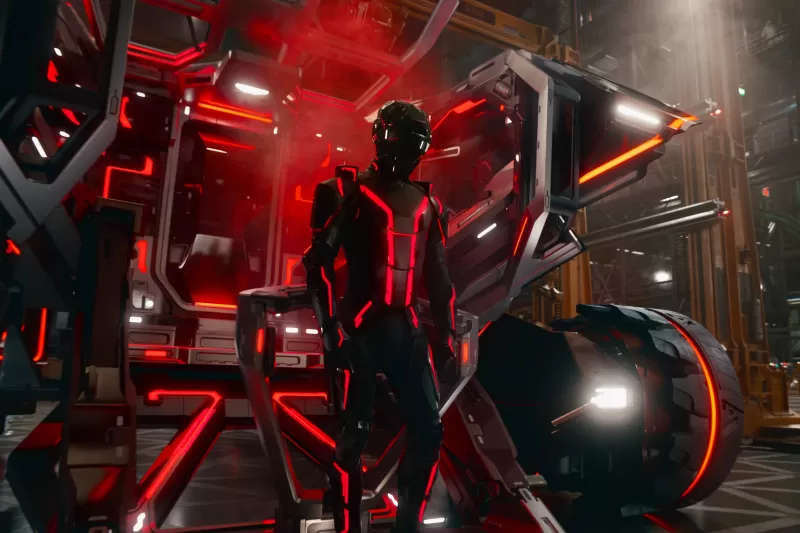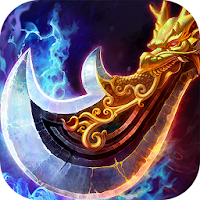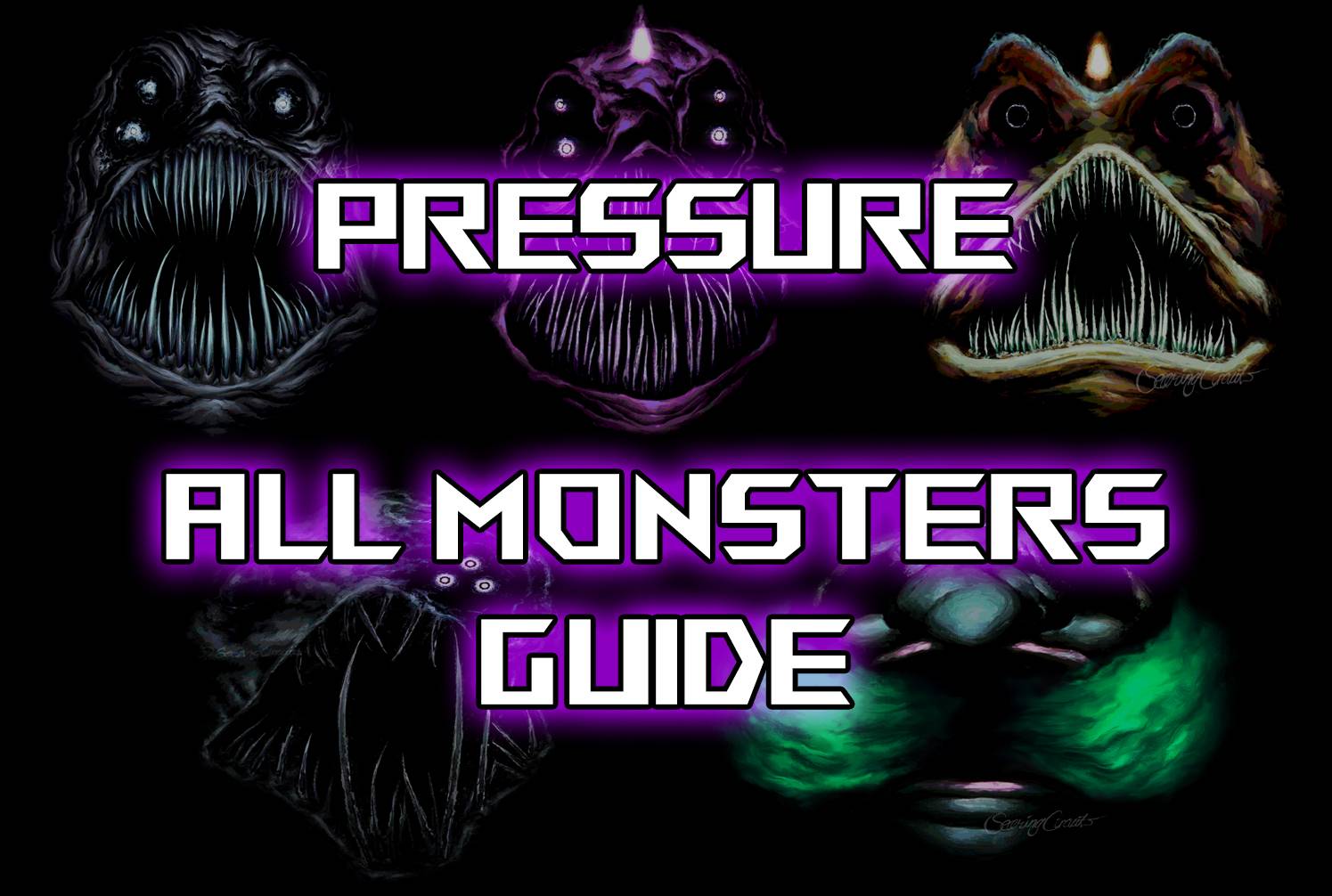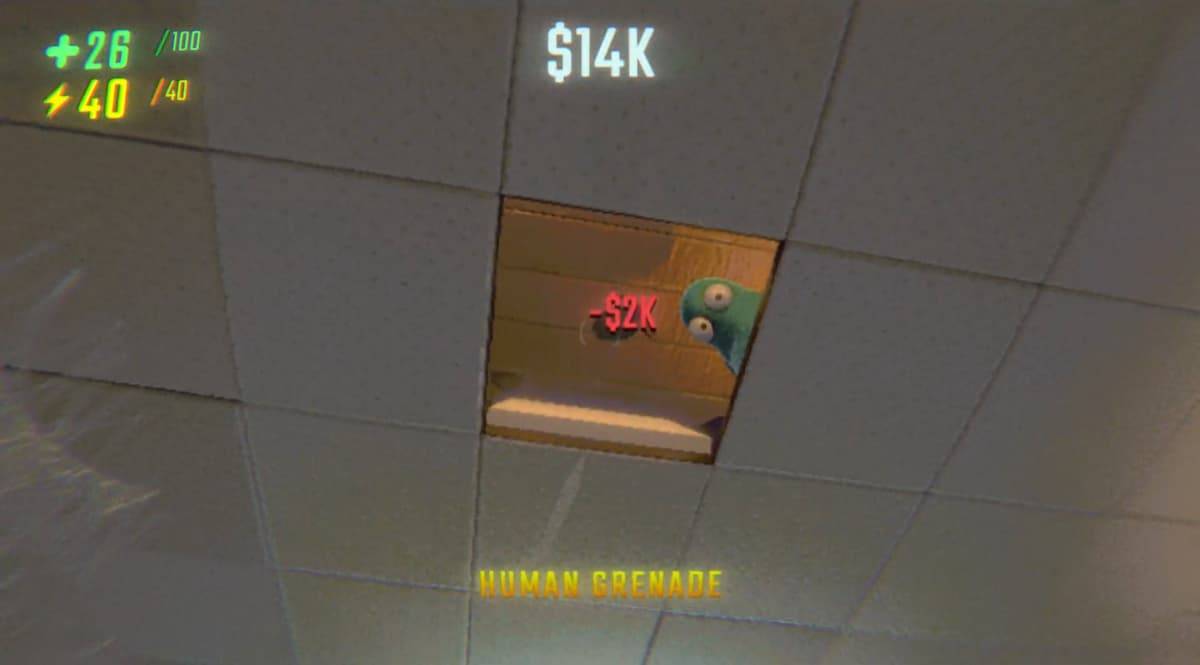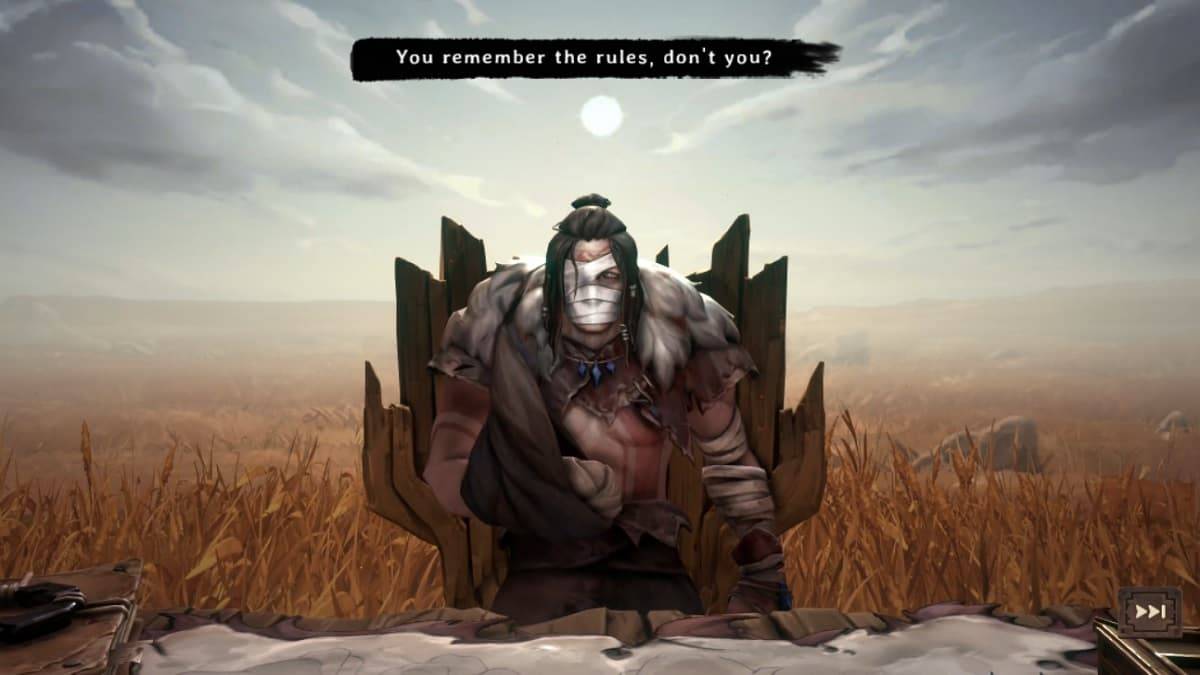It's rare that a developer becomes synonymous with a single genre, but Bethesda has its signature style so locked down that it's a wonder we don't just call the entire field of first-person open-world Western RPGs "Skyrimlikes" or "Oblivionvanias." Over the past three decades, since the debut of The Elder Scrolls: Arena, Bethesda Game Studios has emerged as a juggernaut in the triple-A space. The studio has cultivated a rabid fanbase, achieved massive sales, and secured a $7.5 billion acquisition from Microsoft, all driven by its tried and true design principles.
Bethesda's journey has been marked by significant successes and notable misses. With the surprising yet anticipated release of The Elder Scrolls: Oblivion Remaster, fans have been reevaluating their long-standing tier lists. As we eagerly await The Elder Scrolls VI, which remains just a logo for now, we decided to take a fresh look at ranking Bethesda's output. This list will remain relevant for quite some time, given the wait for the next installment.
Before diving into our rankings, it's important to note that this list focuses exclusively on Bethesda's trademark RPGs. We're not including the middling Elder Scrolls spinoffs like Battlespire and Redguard, nor mobile games such as The Elder Scrolls Blades and Fallout Shelter, though the latter's dark humor and Vault Boy style are certainly appreciated.Our rankings highlight Bethesda's heavy hitters—the sprawling, prestige sandboxes that immediately come to mind when thinking of a capital B, capital G "Bethesda Game." Let's start with a humble beginning...
9: The Elder Scrolls: Arena
The first entry in the franchise isn't ranked last due to poor quality, but because it was a pioneering effort. In 1994, Bethesda had primarily developed sports and Terminator games, and Arena was a mix of both. Initially, players traveled the world to compete in medieval gladiator battles, with occasional sidequests. The developers soon realized the potential of allowing players to explore cities, interact with inhabitants, and tackle dungeons.
Arena resulted in an impressive first-person RPG that reflects its era, akin to Ultima Underworld and Might and Magic. The game features arcane systems, randomized loot, winding sidequests, and clunky movement that challenges mouse users. The combat, based on stats and dice rolls, often felt unsatisfying as hits didn't always register damage. While the gladiator concept was dropped, the title remained due to pre-existing marketing materials. By labeling it "chapter one," Bethesda hinted at a larger saga centered around the Elder Scrolls, a bold move that set the stage for future success despite its initial flaws.
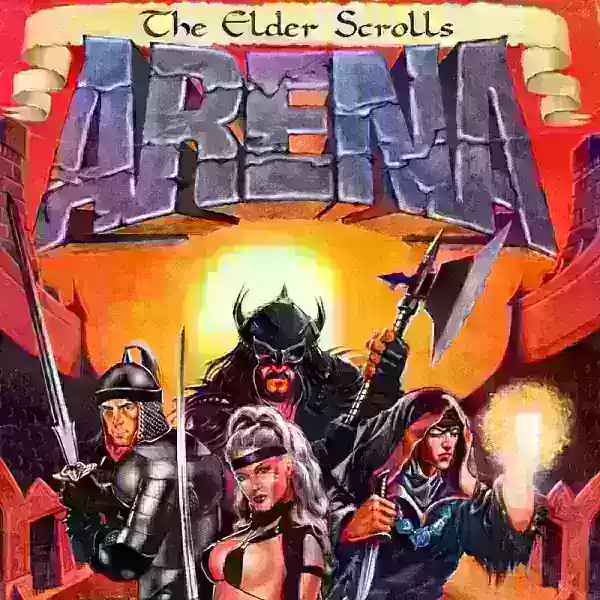 The Elder Scrolls: Arena Bethesda Rate this game Related Guides Overview Walkthrough
The Elder Scrolls: Arena Bethesda Rate this game Related Guides Overview Walkthrough
8: Starfield
With each new Bethesda Game Studios (BGS) release, speculation swirls about whether it will finally abandon the aging "Gamebryo" engine or at least update the notoriously inefficient cell-based framework. Starfield did not. Despite the new "Creation Engine 2.0" and its updated animation pipeline, players still encounter loading screens when entering stores.
The NASApunk sci-fi setting of Starfield was a refreshing departure from the low-tech locales of Tamriel and the Wasteland, though it's starting to feel repetitive. Unfortunately, the setting doesn't align well with Bethesda's strengths in creating a single, interconnected world filled with discoveries and intricate details. Instead, Starfield features 1,000 procedurally generated planets, each with similar points of interest.
Exploring these planets often leads to encountering the same abandoned cryo labs or mines, which can become tedious. Unlike the engaging exploration of Skyrim's dungeons, Starfield's repetitive environments can feel monotonous. While it may seem harsh to place Starfield near Arena, it's easier to forgive the shortcomings of a pioneering effort than those of a $200 million triple-A game that promised much but delivered less.
 Starfield Bethesda Game Studios Rate this game Related Guides Overview Walkthrough Side Missions Walkthroughs in Starfield Starfield Console Commands and Cheats List
Starfield Bethesda Game Studios Rate this game Related Guides Overview Walkthrough Side Missions Walkthroughs in Starfield Starfield Console Commands and Cheats List
7: The Elder Scrolls: Daggerfall
Starfield's procedural generation may disappoint because Bethesda has a long history with this technique, dating back to its second RPG, Daggerfall, released in 1997. Skyrim's map covers about 15 square miles, but Daggerfall's world spans an astonishing 80,000 square miles—roughly the size of Great Britain. Traversing this vast world can take 69 hours on foot or a bit less on horseback.
Despite its size, the world of Daggerfall is sparse and visually dated, but far from empty. The Iliac Bay area features nine distinct climates, 44 political regions, and 15,000 points of interest, including 4,000 dungeons and 5,000 towns. While the combat remains clunky, the introduction of the series' signature skill-based progression system is a welcome addition. The game's real strength lies in its immersive above-ground experiences, allowing players to buy property, join guilds, engage in criminal activities, and face the consequences. The depth of immersion in Daggerfall makes one almost wish for a multiplayer version.
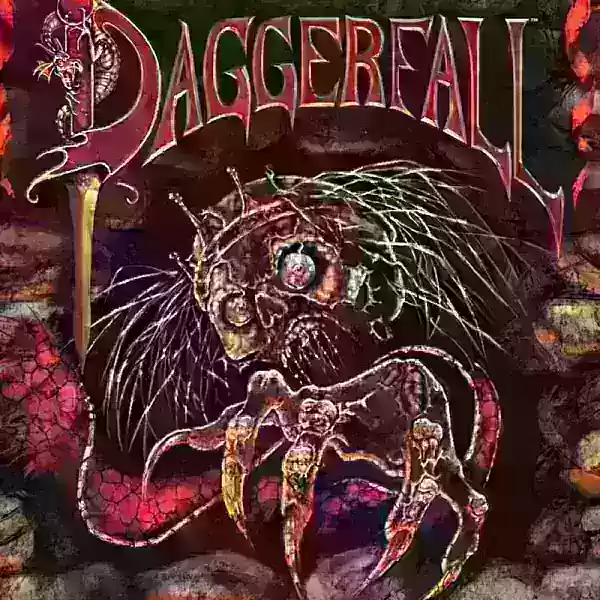 The Elder Scrolls: Chapter II -- Daggerfall Bethesda Rate this game Related Guides Overview Daggerfall Tips/Information PC Cheats
The Elder Scrolls: Chapter II -- Daggerfall Bethesda Rate this game Related Guides Overview Daggerfall Tips/Information PC Cheats
6: Fallout 76
You might wonder why Fallout 76 appears on this list, given its shift towards a multiplayer looter-shooter rather than a traditional RPG. Initially, the game was a disaster, lacking handcrafted dialogue and NPCs, relying instead on player interactions for flavor. This approach, along with issues like limited loot and questionable pricing, led to a poor launch in 2018, exacerbated by a troubled development cycle.
However, the Wastelanders update transformed the game by adding voiced NPCs, making it technically the most character-rich Fallout game. While the quality of their interactions is debated, improvements to the loot system and overall gameplay have made it a more enjoyable RPG experience, especially when played with friends. Despite its growth and the popularity boost from Amazon's Fallout TV series, it ranks lower than Elder Scrolls Online, which, despite being developed by Zenimax Online Studios, remains a superior offering.
Fallout 76's shift towards a live-service model raised concerns about Bethesda's direction with the Fallout series, but these concerns were part of a broader fan discontent that had been simmering for some time.
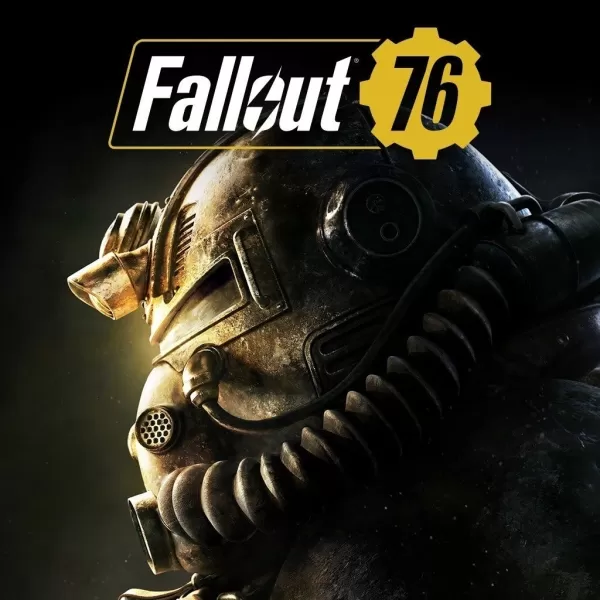 Fallout 76 Bethesda Game Studios Rate this game Related Guides Overview Things to Do First Things Fallout 76 Doesn't Tell You Tips and Tricks
Fallout 76 Bethesda Game Studios Rate this game Related Guides Overview Things to Do First Things Fallout 76 Doesn't Tell You Tips and Tricks
5: Fallout 4
With 25 million copies sold, Fallout 4 is the most successful game in the series, far surpassing the expectations set by its predecessors. The game streamlined gameplay and introduced quality-of-life improvements, but this came at the cost of depth and complexity.
Fallout 4 excels in its polished mechanics and responsive controls, making exploration in the Commonwealth enjoyable. The settlement-building feature was an innovative addition, though its appeal varies among players. Visually and audibly, the game is impressive, and expansions like Far Harbor capture the essence of Fallout. The character Nick Valentine stands out as a memorable addition to the cast.
However, the storyline, centered around synthetic humans and a predictable twist involving the protagonist's son, feels at odds with the Fallout universe's atompunk aesthetic. The game's early introduction of power armor and deathclaws, along with shallow faction choices, can make the experience feel like a theme park ride. The dialogue system, with voiced protagonist interactions and limited choices, represents a step back from the series' traditional RPG depth.
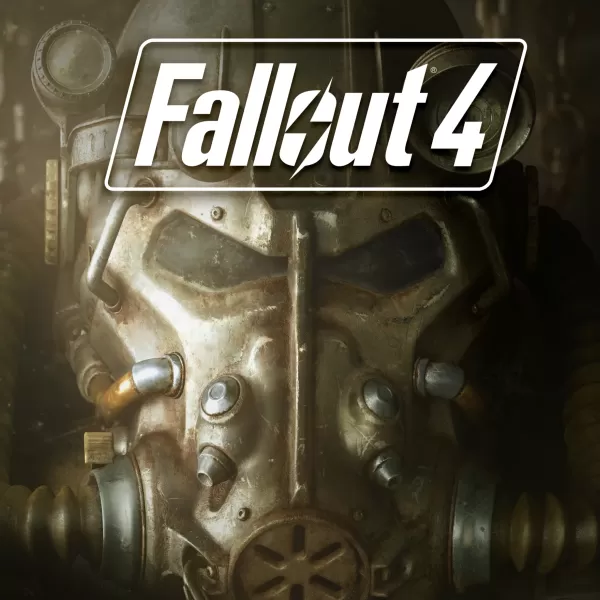 Fallout 4 Bethesda Game Studios Rate this game Related Guides Overview Walkthrough and Quest Guide Cheats and Secrets Bobblehead Locations
Fallout 4 Bethesda Game Studios Rate this game Related Guides Overview Walkthrough and Quest Guide Cheats and Secrets Bobblehead Locations
4: Fallout 3
When Bethesda announced the acquisition of the Fallout franchise in 2004, fans were divided. Some believed Bethesda's expertise in open-world sandboxes would be a perfect fit, while others feared a loss of the series' anarchic spirit. The result was a mix of both.
Fallout 3 starts strong with a compelling opening sequence that serves as both a tutorial and a narrative introduction, featuring the innovative V.A.T.S. system. This mechanic, allowing players to target specific body parts in combat, elegantly translates the series' turn-based roots into first-person gameplay.
However, not all aspects of Fallout 3 are as successful. The Capital Wasteland, while filled with iconic landmarks, suffers from repetitive encounters and a dated green filter. The game's ending, which requires players to sacrifice themselves while their supermutant companion watches, was widely criticized and later patched with the Broken Steel DLC.
The game encapsulates both Bethesda's strengths and weaknesses, blending environmental storytelling with Fallout's RPG roots. For a more cohesive experience, players can try the "Tale of Two Wastelands" mod, which combines Fallout 3 with Fallout: New Vegas, or await the rumored remake inspired by Oblivion's remaster.
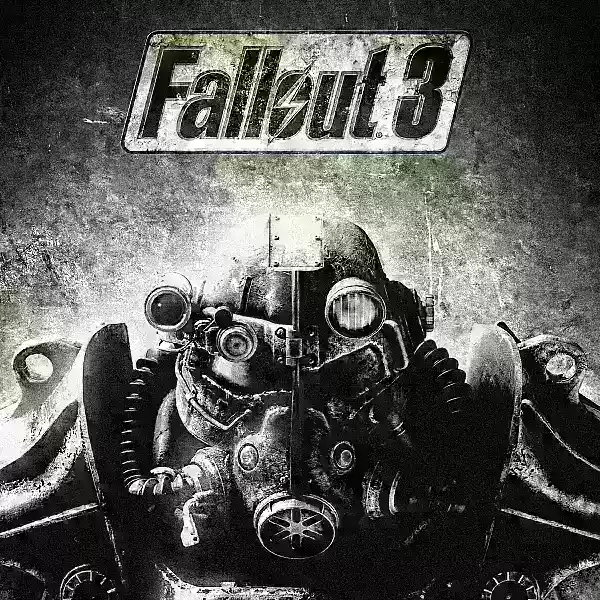 Fallout 3 Bethesda Game Studios
Fallout 3 Bethesda Game Studios
3: The Elder Scrolls IV: Oblivion
Ranking Oblivion is contentious; its fans might argue it deserves a spot above Skyrim, while critics may favor some Fallout entries. Yet, Oblivion laid the groundwork for modern Bethesda games, serving as a template that subsequent titles, including Fallout and Starfield, have followed.
Oblivion's main plot involves thwarting a Daedric invasion, drawing inspiration from the Lord of the Rings films. However, the game's true strength lies in its sidequests, particularly those tied to the guilds. These missions offer more depth and variety compared to Skyrim's, with unique challenges and immersive narratives.
Despite its achievements, Oblivion's ranking below Skyrim might be due to its dated graphics and awkward character animations. The leveling system, which required grinding minor skills, and repetitive Oblivion gates are notable drawbacks. The remaster addresses these issues with improved graphics, a smoother UI, and a more forgiving progression system, yet retains the game's inherent quirks.
The enemy scaling and clunky combat remain, but these elements contribute to Oblivion's unique charm. The remaster enhances the experience but doesn't fundamentally alter the game's essence, leaving room for debate on whether it deserves a higher ranking.
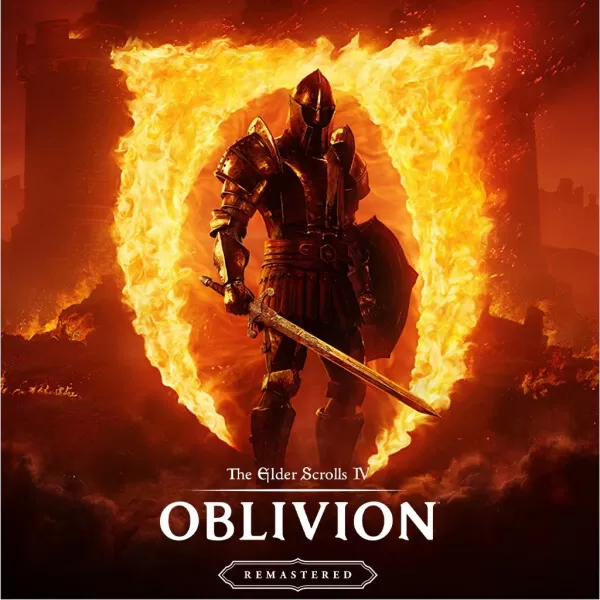 The Elder Scrolls IV: Oblivion Remastered Bethesda Game Studios Rate this game Related Guides Overview Character Building Guide Things to Do First in Oblivion Things Oblivion Doesn't Tell You
The Elder Scrolls IV: Oblivion Remastered Bethesda Game Studios Rate this game Related Guides Overview Character Building Guide Things to Do First in Oblivion Things Oblivion Doesn't Tell You
2: The Elder Scrolls V: Skyrim
Skyrim, while a monumental success, simplified many elements that made earlier Elder Scrolls games special. Its quests are less complex, character customization less deep, and player choices less impactful. Yet, these simplifications allowed for significant improvements in gameplay, making it more fluid and engaging.
The game introduced features like dual wielding, weapon crafting, and the shout system, enhancing combat and exploration. Skyrim's design, optimized for controllers, offers a more tactile experience than its predecessors. The game's world, with its varied landscapes and cohesive geography, feels like a place you'd want to call home.
Skyrim's impact on the gaming industry cannot be overstated; it transformed the Elder Scrolls from a niche RPG series into a mainstream blockbuster. Its balance of accessibility and depth made it an all-time bestseller, appealing to a broad audience while still offering a rich, immersive experience.
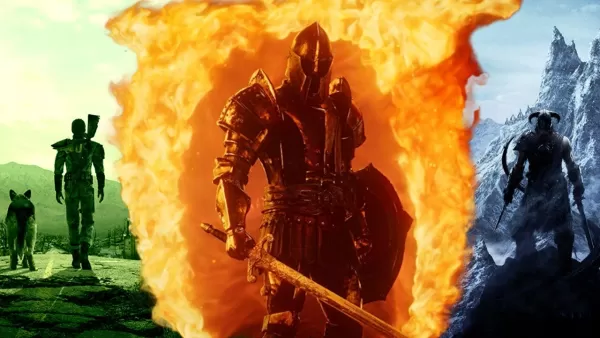 The Elder Scrolls V: Skyrim Bethesda Game Studios +4 Rate this game Related Guides Overview Main Quests Side Quests Locations
The Elder Scrolls V: Skyrim Bethesda Game Studios +4 Rate this game Related Guides Overview Main Quests Side Quests Locations
Honorable Mention: Fallout: New Vegas
We couldn't complete this list without acknowledging Fallout: New Vegas, arguably the best Fallout game ever made. Developed by Obsidian, it builds on Bethesda's engine and offers a near-perfect blend of classic Fallout sensibilities with Bethesda's open-world design. It's a must-play, especially with the anticipation surrounding the second season of the Fallout TV series.
1: The Elder Scrolls III: Morrowind
Despite its age and complexity, Morrowind stands as the pinnacle of Bethesda's RPG offerings. Its combat system, reliant on RNG, and cluttered UI may feel dated, yet the game offers unparalleled freedom. Without quest markers, players must rely on a detailed journal to navigate the world, fostering a sense of exploration and discovery.
Morrowind's spellmaking system allows for creative and powerful combinations, while its NPCs offer extensive dialogue and the freedom to engage or eliminate them at will. The game's world, Vvardenfell, is a unique blend of dark fantasy and sci-fi, drawing inspiration from The Dark Crystal and Dune rather than traditional fantasy tropes.
This individuality, while alienating some players, creates a magical and immersive experience. Bethesda's decision to make Oblivion more accessible was successful, but Morrowind's legacy remains a testament to the potential of uncompromised RPG design. It's a game that, like Baldur's Gate 3, offers a modern yet true-to-form experience, prompting questions about what a sequel might look like in today's gaming landscape.
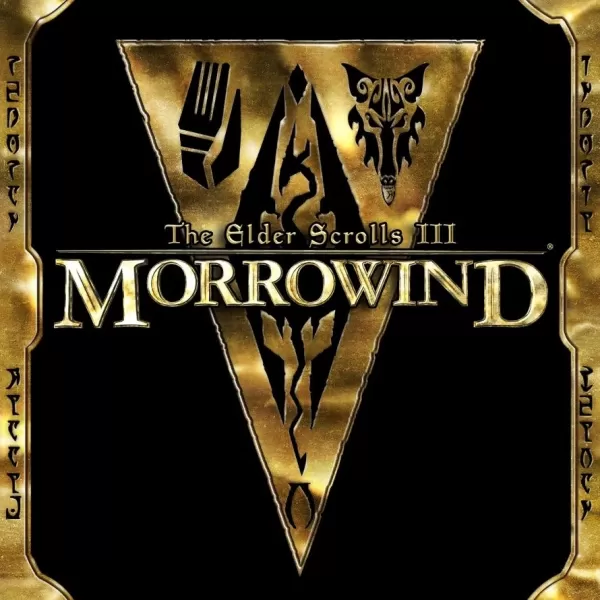 The Elder Scrolls III: Morrowind Bethesda Rate this game Related Guides Overview Introduction Races Classes
The Elder Scrolls III: Morrowind Bethesda Rate this game Related Guides Overview Introduction Races Classes






